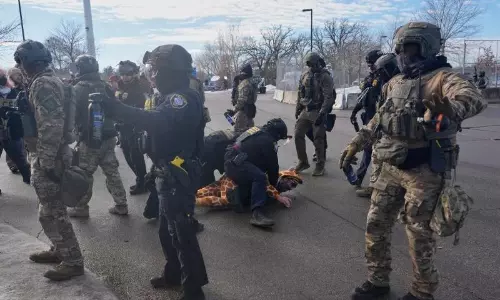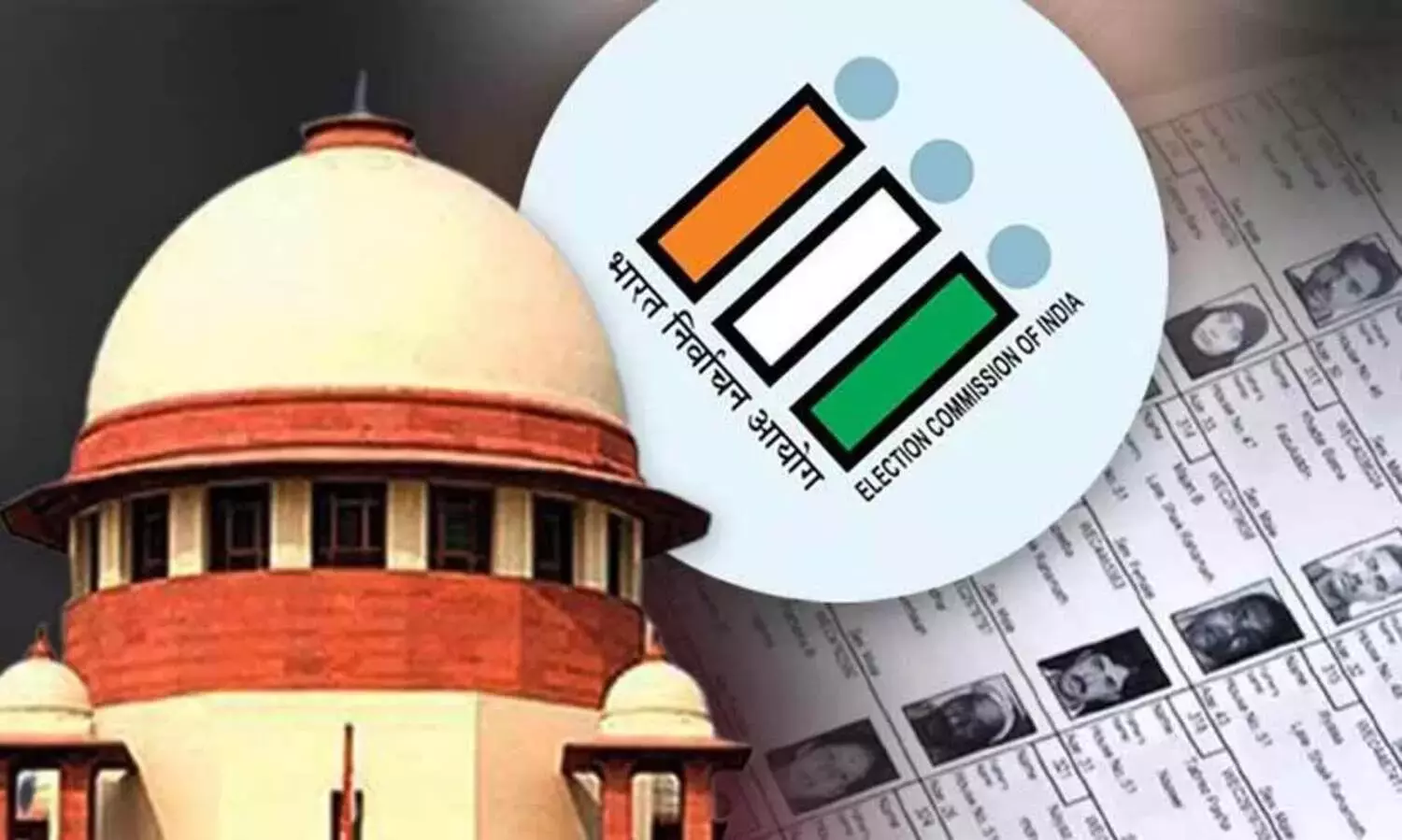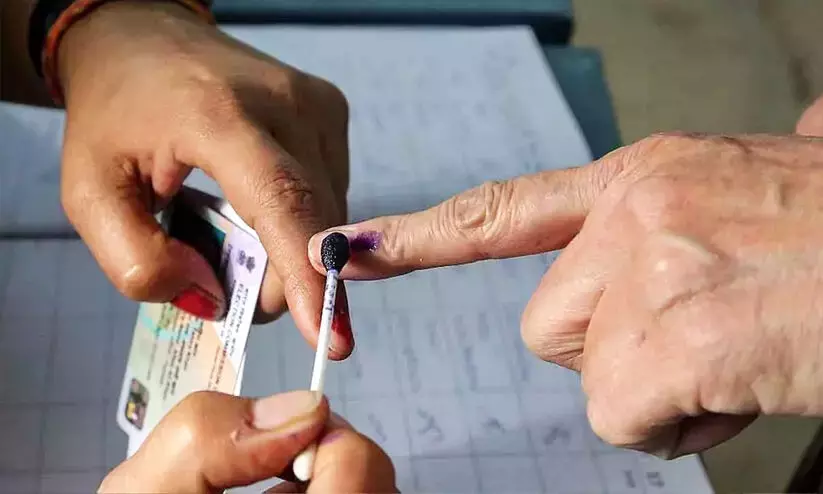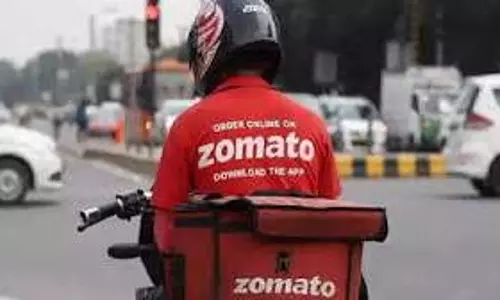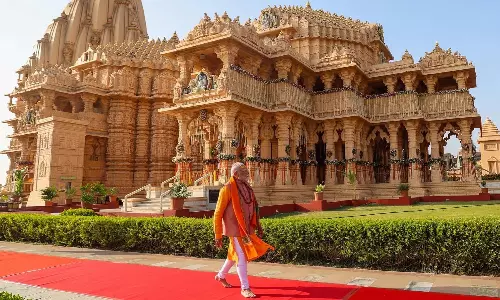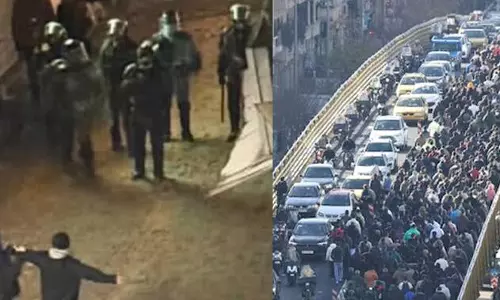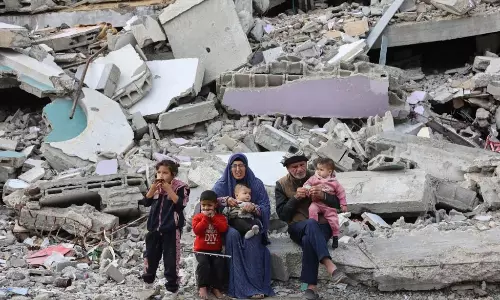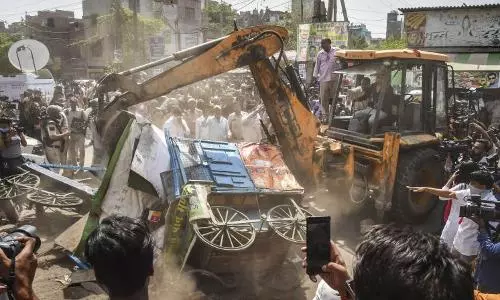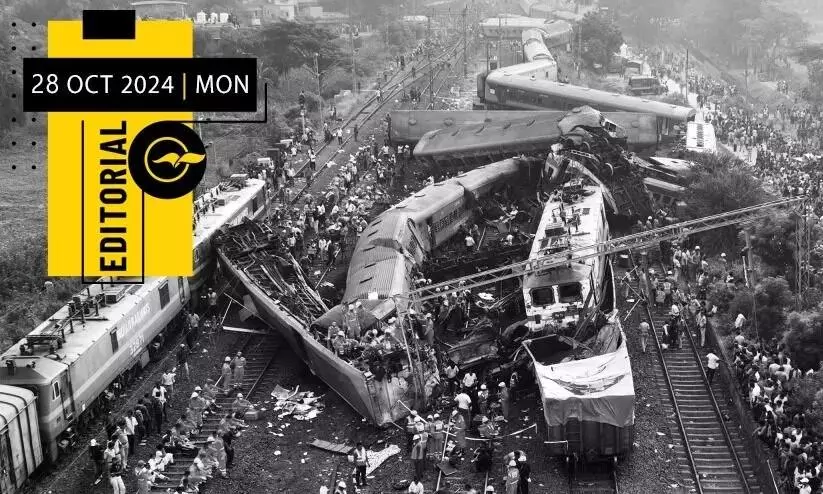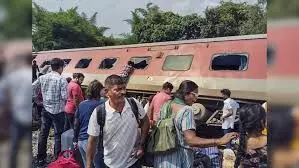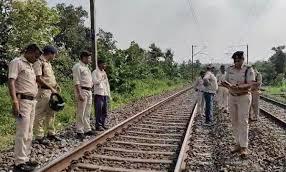
In railway safety, prevention is better than cure
text_fieldsThe recent incident involving a concrete mixer vehicle obstructing a railway track near a station, where the Thiruvananthapuram-Mangalore Vande Bharat Express was speeding, underscores the alarming frequency of rail accidents in our country. Had the loco pilot not acted promptly to reduce speed upon spotting the obstruction, another major train disaster might have occurred in Payyanur. Such incidents cannot be attributed to negligence alone. The recurrence of these accidents, whether minor or severe, points to a systemic issue. The Odisha train tragedy last year, in which three trains collided and over 300 people lost their lives, serves as a stark reminder. Similarly, recent incidents involving the Mysuru-Darbhanga Express colliding with a stationary goods train near Chennai and the Agartala-Lokmanya Tilak Express derailing in Assam, though fortunately resulting in no fatalities, highlight the precarious state of railway safety. Reports suggest that there have been 55 train accidents in the first 126 days of the third Modi government, leading to 21 deaths. This alarming frequency raises serious concerns about the safety of Indian Railways, which transports over 1.25 crore passengers daily. Observations and news reports indicate that the railway network is lagging behind in even the most basic safety measures. The inability to identify and rectify these shortcomings is cause for grave concern, with only temporary measures seemingly being implemented after each accident.
Over 200 train accidents have occurred since 2019, resulting in the deaths of 351 people. The average annual death toll in train accidents over the past decade has been 68, which officials claim is lower compared to the previous decade. However, most recent accidents are attributed to inadequate safety measures, indicating that many train accidents and fatalities could have been avoided if the authorities had taken the issue more seriously. After each accident, the authorities offer explanations with which they can wash off their hands. For instance, the driver of the lorry that ended up on the track at Payyannur has been taken into custody, with further investigation underway. The March accident, which killed 14 people, was reportedly caused by the driver watching a cricket match on his phone. Preventive action should be taken to address accidents caused by human error before they happen. Numerous reports have indicated that a shortage of staff is a crucial factor in these incidents, and punitive measures taken after disasters without addressing this issue will yield limited results. There appears to be little attempt to evaluate accidents objectively and determine the responsibility of higher authorities. The case of railway minister Lal Bahadur Shastri resigning over a train accident may seem a thing of the past, but when those responsible evade accountability by launching various campaigns, it only paves the way for further disasters. After each accident, sabotage is often presented as the default explanation immediately, but even if derailment happens due to negligence of officials, is due to negligence, sabotage becomes a convenience excuse.
The recent Balasore train disaster, one of the most devastating in India's history, was wrongly blamed on a Muslim man named Mohammed Sharif in a clear attempt at communal polarization. This is not an isolated incident. An NIA report the other day concluded that there was no sabotage involved in the recent train derailments. The report attributes widespread signal failures as the primary cause, particularly in the Balasore case, where these failures had been reported to authorities multiple times before the accident. The 2022 CAG report, along with various reports by the Railway Safety Commissioner, reveals that numerous accidents have occurred due to a lack of timely remedial measures. Issues related to tracks, the 'Kavach' safety system, and interlocking have persisted due to a lack of funding. Even today, the 'Kavach' safety system covers only 2% of the total railway network. While the crowding in ordinary trains increases, the government prioritizes high-speed services like Vande Bharat, often at the expense of safety. Despite the need for enhanced safety measures in the railway budget, the emphasis remains on new high-speed trains. There are a staggering 3.12 lakh vacancies in the railways, including 1.7 lakh for safety personnel. For a government which has installed selfie points at stations with the Prime Minister's image, it would do better to show a little more concern for passenger safety. The similarities between the Balasore disaster and recent accidents in Chennai suggest that even the loss of 300 lives has not taught any lesson to the authorities to learn from past mistakes. The accident in Payyanur either cannot be attributed solely to the driver.




